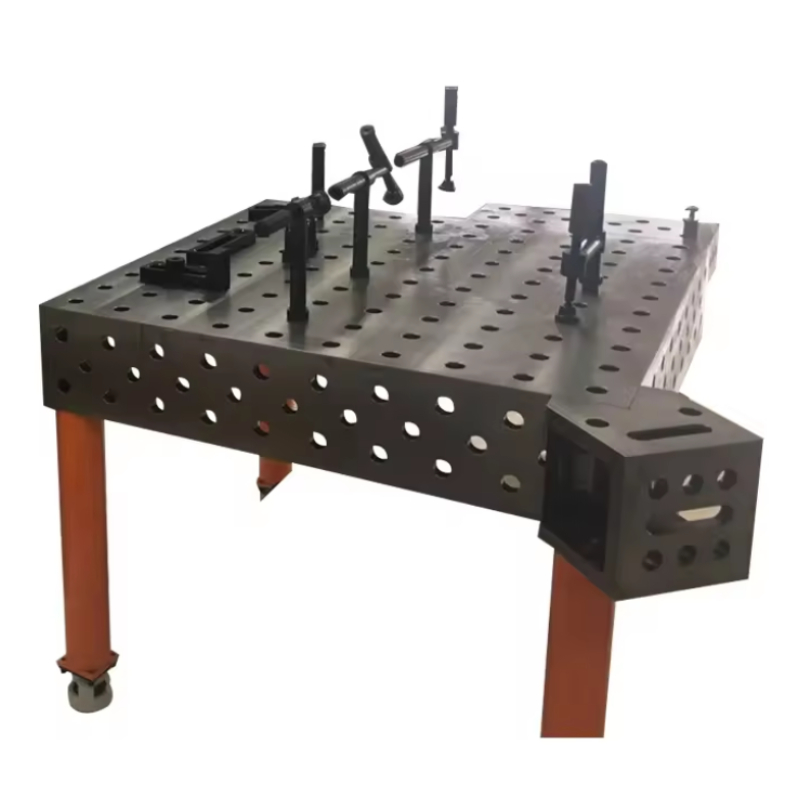Aug . 18, 2024 00:54 Back to list
Precision Measurement Tools for Dial Bore Gauging Applications
Understanding the Dial Bore Gauge A Precision Tool for Measurement
In the world of precision engineering and manufacturing, the importance of accurate measurements cannot be overstated. One indispensable tool that has gained prominence in this field is the dial bore gauge. This specialized device is designed specifically for measuring the internal dimensions of holes, cylinders, and other tubular shapes with utmost accuracy. In this article, we will explore the components, functionality, and applications of the dial bore gauge, emphasizing its significance in various industries.
Components of a Dial Bore Gauge
A typical dial bore gauge consists of several key components that work together to enable precise measurements. At its core, the gauge includes a dial indicator, which is a mechanical or electronic device that displays the measurement reading. The dial indicator is mounted on a rod that extends into the bore being measured. The design allows for easy readability and quick adjustments.
The gauge also features a pair of measuring arms or probes that extend radially from the central axis. These probes are equipped with tips designed to contact the inner surface of the bore. The length of the rod and the position of the probes can be adjusted to accommodate various bore sizes, making the tool versatile.
How It Works
To use a dial bore gauge, the operator begins by inserting the gauge into the bore. The probes should be adjusted to ensure they make contact with the inner wall of the bore at the correct points. Once in position, the operator will then rotate the dial indicator to read the measurement. The gauge effectively measures the diameter of the bore by detecting the slight movements of the probes as they come into contact with the surface. The data displayed on the dial provides a clear indication of any variations in the bore's dimensions.
Applications in Various Industries
dial bore gauge

Dial bore gauges are widely used across different industries where precision measurement is critical. In the automotive industry, for instance, these gauges play a vital role in engine manufacturing. Measuring cylinder bores ensures that they meet exact specifications for optimal performance. Similarly, in aerospace, the accuracy of bore dimensions in components can have significant implications for safety and efficiency.
Beyond these industries, dial bore gauges are also employed in manufacturing processes where cylindrical parts are produced, such as in machining, metalworking, and tooling. They are particularly useful in quality control settings, allowing operators to verify that finished products meet the necessary tolerances before they are sent to customers.
Advantages of Using a Dial Bore Gauge
One of the primary advantages of a dial bore gauge is its ability to provide highly accurate readings. Depending on the quality of the gauge, measurements can often be taken to within a few thousandths of an inch. This level of precision is crucial for ensuring that parts fit together correctly and function as intended.
Moreover, dial bore gauges are generally user-friendly, allowing operators to quickly learn how to use them effectively. Their design enables measurements to be taken in a variety of settings, including tight spaces where other measuring tools may not fit.
Conclusion
In conclusion, the dial bore gauge is an essential tool that enhances the accuracy and efficiency of measurements in various industrial applications. With its simple design and precise functionality, it enables manufacturers to produce high-quality components that meet stringent specifications. As industries continue to evolve and demand greater precision, tools like the dial bore gauge will remain indispensable in the pursuit of excellence in engineering and manufacturing processes.
-
Threaded Ring Gauge Measurement UncertaintyNewsJul.14,2025
-
Spirit Level Ruler Calibration CheckNewsJul.14,2025
-
Magnetic V Block Material GradesNewsJul.14,2025
-
Indicating Micrometer Digital DisplaysNewsJul.14,2025
-
How Accurate is a Typical Ruler with Right AngleNewsJul.14,2025
-
Go No Go Pin Gauge Temperature EffectsNewsJul.14,2025
Related PRODUCTS









